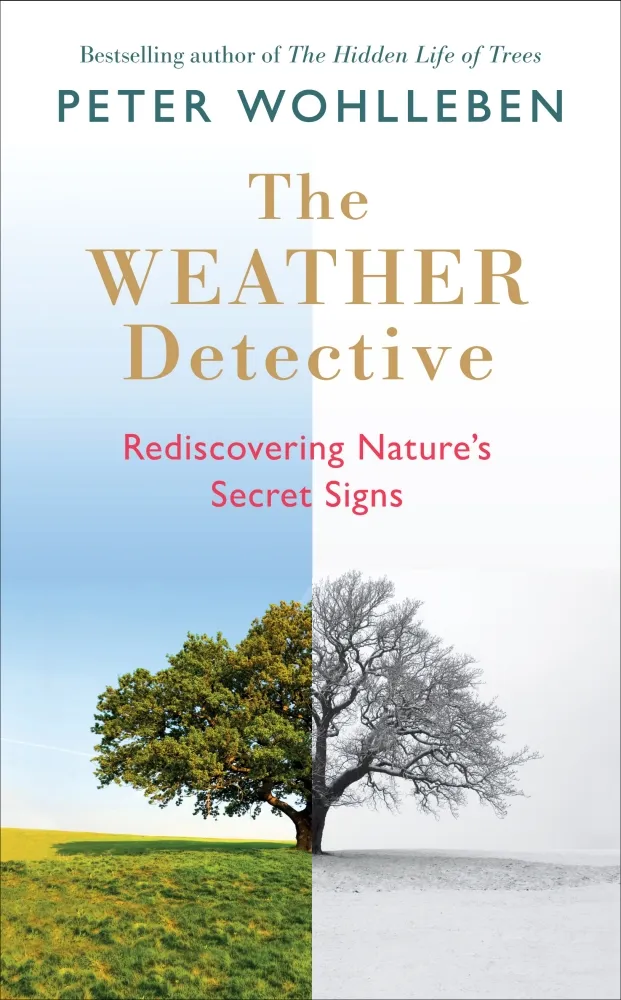Red sky at night, shepherd’s delight
Evening sun setting with a warm, rosy glow is taken as a sign of sunshine the following morning. Sunbeams stream in from the clear skies in the west and light up the clouds drifting off to the east. In Europe, the weather usually comes from the west, so a cloudless western horizon means clear skies for the following few hours.
Red sky in the morning, shepherd’s warning
This is usually right, if the weather is coming from the west. If there are red skies in the morning, then it means the Sun rising in the east is illuminating clouds gathering in the west. Every rule has its exception, of course. If the wind blows not from the west, but from the south or the east, red skies at sunset or sunrise bear no prophetic significance.
Dew and hoarfrost
Fog occurs when water vapour can no longer disperse into the air because the air is already saturated. Cold air can’t hold much water, unlike warm air which can hold a lot. This is why foggy weather is particularly common in the colder half of the year.

If the temperature drops sharply at night, the air can no longer hold the water and ‘sweats’ it out. Small droplets accumulate on the ground as dew or, if the air temperature falls below freezing, as hoarfrost. Such a sharp drop in temperature is caused by relatively dry air, with little excess water to form clouds, so when you see this phenomenon, you can generally bet that the weather that day will be fine.
Open daisies
If rain is on the way, daisy petals close up to avoid letting a single drop in, and some even droop downwards. When the weather is fine, however, they remain open. This entire response mechanism only functions during the day, because daisies close up shop in the evenings, like many other flowers.
This opening and shutting mechanism is due to a difference in growth between the upper and lower surfaces of a petal. The upper surface grows faster at higher temperatures than the lower surface, so the flower opens up. Dark rain clouds cause low temperatures, encouraging the underside to grow faster, and making the petals close up. This process also explains why they close at night, when it’s cooler.
Swarming thunderflies

The minuscule thunderfly (also known as a thrip, thunderbug or storm fly) is just one or two millimetres in length. For creatures of this size, air has the same resistance as water does for us humans, giving them a certain buoyancy; their motion is more like swimming through the air. They love hot, sticky weather with good air movement – on a warm breeze, they can travel from plant to plant much more efficiently. It is precisely these conditions (sultry air and rising winds) that emerge when a storm is brewing, so that’s when you’ll see the air swarm with these tiny pests.

This article first appeared inissue 323ofBBC Focusmagazine – subscibe here.